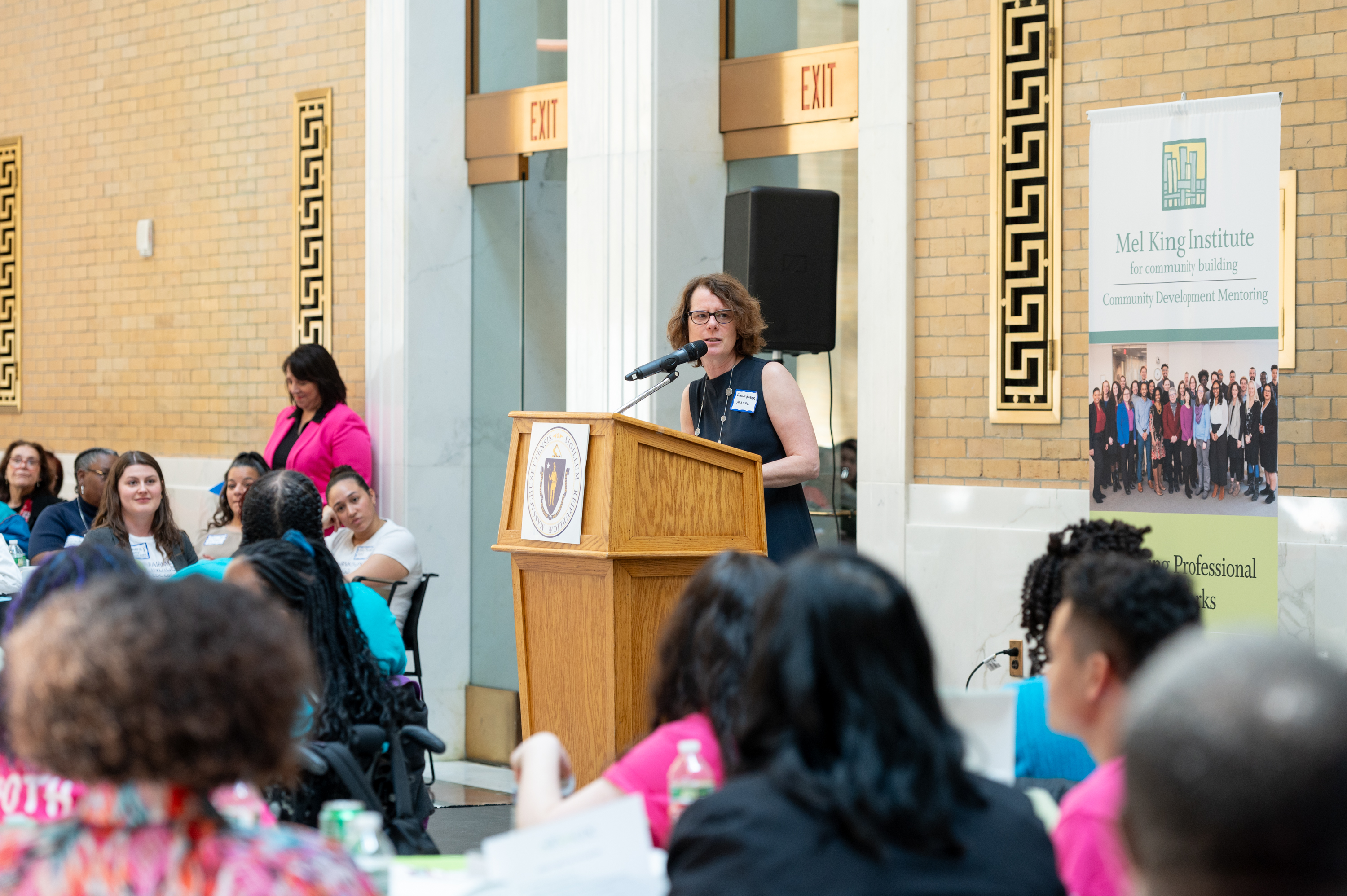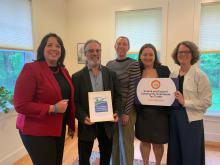Recording of Healthy Homes Webinar: “Better Homes Through Better Health: Identifying and Addressing Lead Paint in Massachusetts Homes”
On May 1st MACDC hosted a webinar for property owners on how to identify and address lead paint in their homes and in rental units they own. The need for this webinar came out of intensive conversations with community leaders in Massachusetts Gateway Cities.
The webinar featured speakers from the MA Department of Public Health, local rehabilitation agencies, lenders, and others. You can check out the recording of the webinar here (note that you can listen to the webinar in English or Spanish through this link) and view a PDF of the slides here. Please be in touch with Elana Brochin (elanab@macdc.org) or Don Bianchi (donb@macdc.org) with any questions.
Grabación del Seminario Web sobre Viviendas Saludables: “Mejores viviendas gracias a una mejor salud: identificación y tratamiento de la pintura con plomo en los hogares de Massachusetts”.
El 1 de mayo, el MACDC organizó un seminario web para propietarios, sobre cómo identificar y tratar la pintura con plomo en sus viviendas y unidades de alquiler. La necesidad de este seminario web surgió tras intensas conversaciones con líderes comunitarios de las ciudades de puerta de entrada (Gateway Cities) de Massachusetts.
Este seminario web contó con la participación de ponentes del Departamento de Salud Pública de Massachusetts, así como agencias locales de rehabilitación, entidades crediticias y otros. Para ver la grabación del seminario web, haga clic aquí (usando este enlace, podrá escuchar el seminario web en inglés o en español) y envíe un correo electrónico a Elana si desea un PDF de las diapositivas. Si tiene alguna pregunta, sírvase contactar a Elana Brochin (elanab@macdc.org) o a Don Bianchi (donb@macdc.org).









